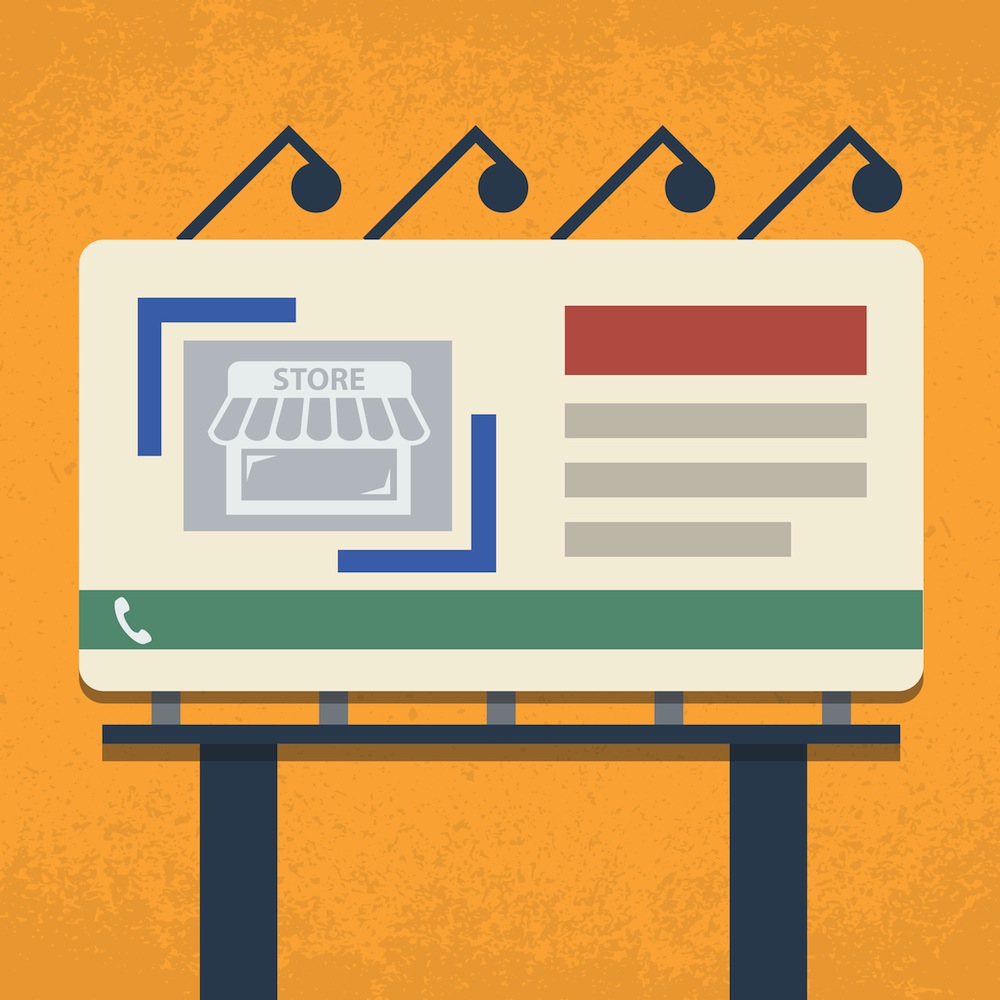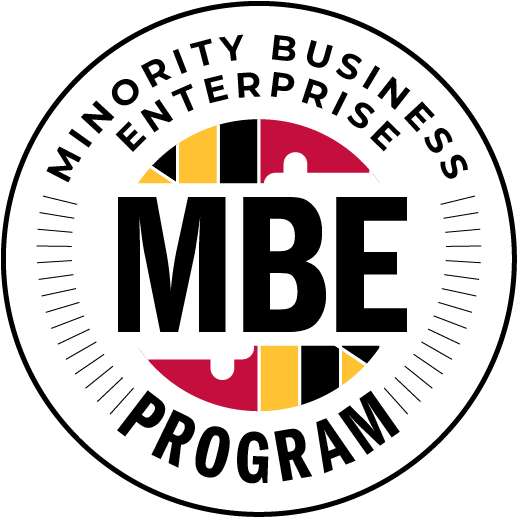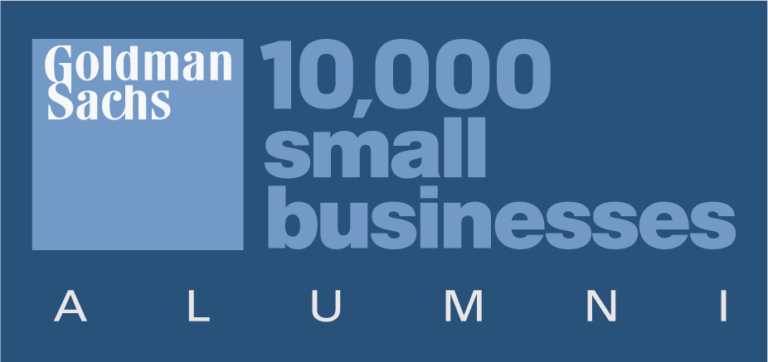Beyond a virtual billboard

A website design is more that just a virtual billboard for your business. It should be dynamic, interactive and compel visitors to want to know more. So what KEY aspects should your business’ website design have to not only look good, but work for you as well?
1- Prominent links to social media pages
- Once visitors land on your website, they are going to want to learn more about your business. Who are you? Who are your local connections? How often do you communicate with your customers? What do customers have to say about your company?
- Don’t forget to supply a link to your blog’s RSS feed as well. This will ensure that visitors who are interested in staying connected to what your company is writing about, have a chance to do so.
“It’s all about capitalizing on any and every chance to connect with your potential customers.”
2- Compelling “call to action” links
- A call to action, or CTA is something that gives a reason for visitors to go beyond looking at your pretty website design and connect with your business. By offering your customers something that they cannot find elsewhere or a super juicy deal that they don’t want to miss out on, your visitors have the option of signing up to your e-mail list in exchange for this offer.
- This is the most important aspect of your webpage design. By creating a well thought out CTA, you are able to find a way to connect with visitors to turn them into subscribers, who then will hopefully become paying customers.
- What’s more important is that this CTA should be dynamic. Test the market. Try one offer for a few months and then switch it up with another and another.
3- Homepage content
- The content on your homepage should be snippets of what exists on the subpages of your website
- Don’t overload your visitors with text that is distracting and confusing. Instead create links to subpages on your site, so visitors will browse your site and not just the homepage.
- Some suggestions of snippets are:
Links to your most recent blog posts with either an image or text, or both that interests your visitors to want to learn more
Images from the online store you have (if you are an e-commerce site). Choose those products that gross the highest sales for your business and feature them on the homepage with a link learn more and to BUY!
4- Provide several points of contact on your homepage.
- If you have a button or link that says “contact” that may not be enough! You surely don’t want to miss out on a visitor trying to reach you. Our homepage, www.drioduo.com actually has 6 different options for contacting us. We want to make it very easy for visitors to connect with us!
5- Use the space in your footer
- Provide a sign-up form for your newsletter if you haven’t already done so elsewhere on your homepage.
- List your most popular blog posts or comments to blog posts. They must be popular for a reason, so surely you’re going to want to share that with new visitors so they can check them out too!
- Provide a sitemap to give search engines a chance to more efficiently index your pages.
Finally, don’t forget to place the really important information “above the fold.” That is the content that is seen first upon visiting your website before having to scroll down any further.
So remember:
- Social media links
- Call to action buttons
- Clear and concise snippets of subpage content
- Easy to find contact buttons or links
- Make use of the space in the footer
If you follow these steps when laying out your website’s homepage and don’t forget to include beautiful design, you’ll be in the way to using your webpage as a marketing tool. Now all you need is to learn some proper optimization or on-page SEO techniques and you’ll be on your way to success.
Stay tuned to Drio’s blog to learn more about how to optimize your website design!






